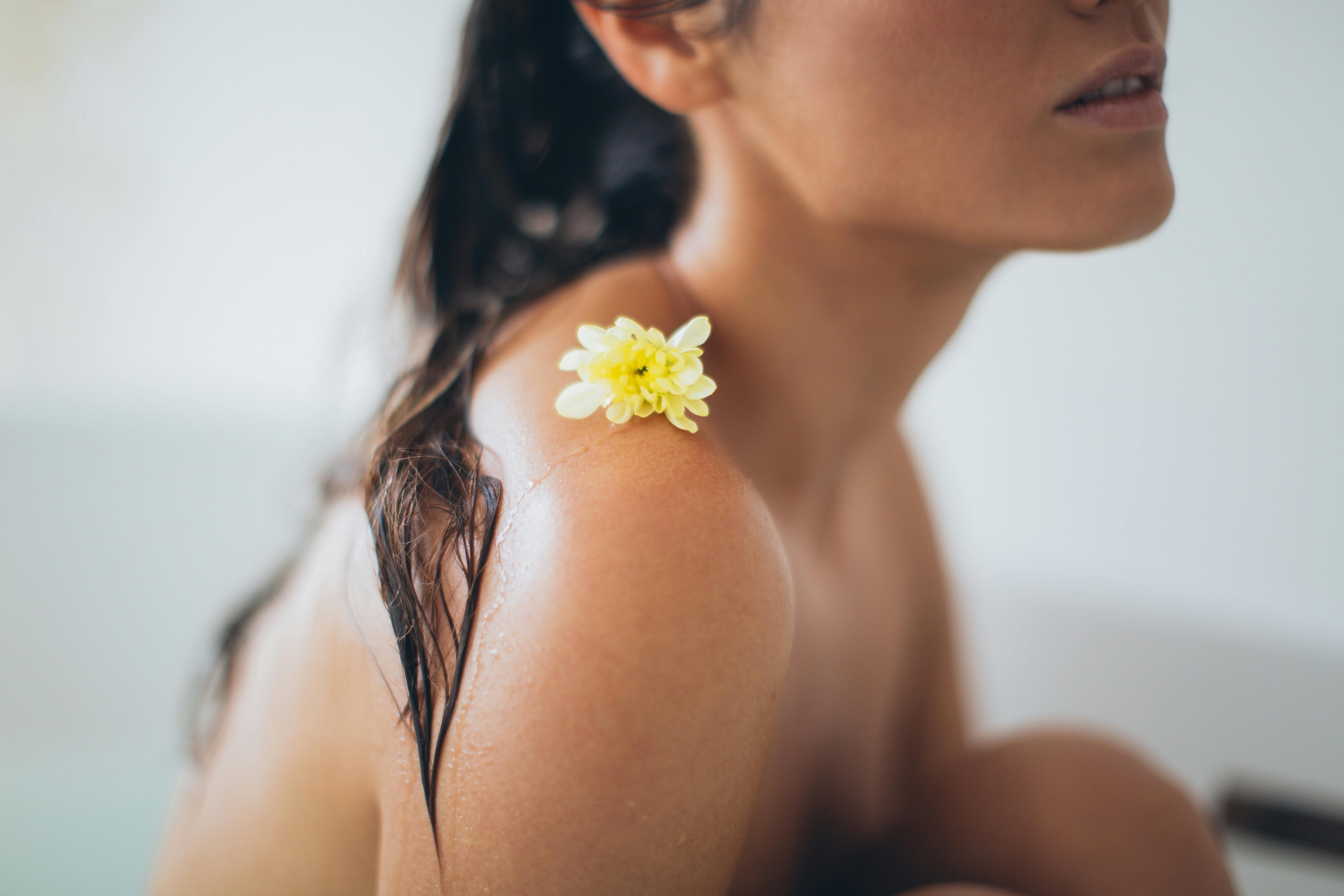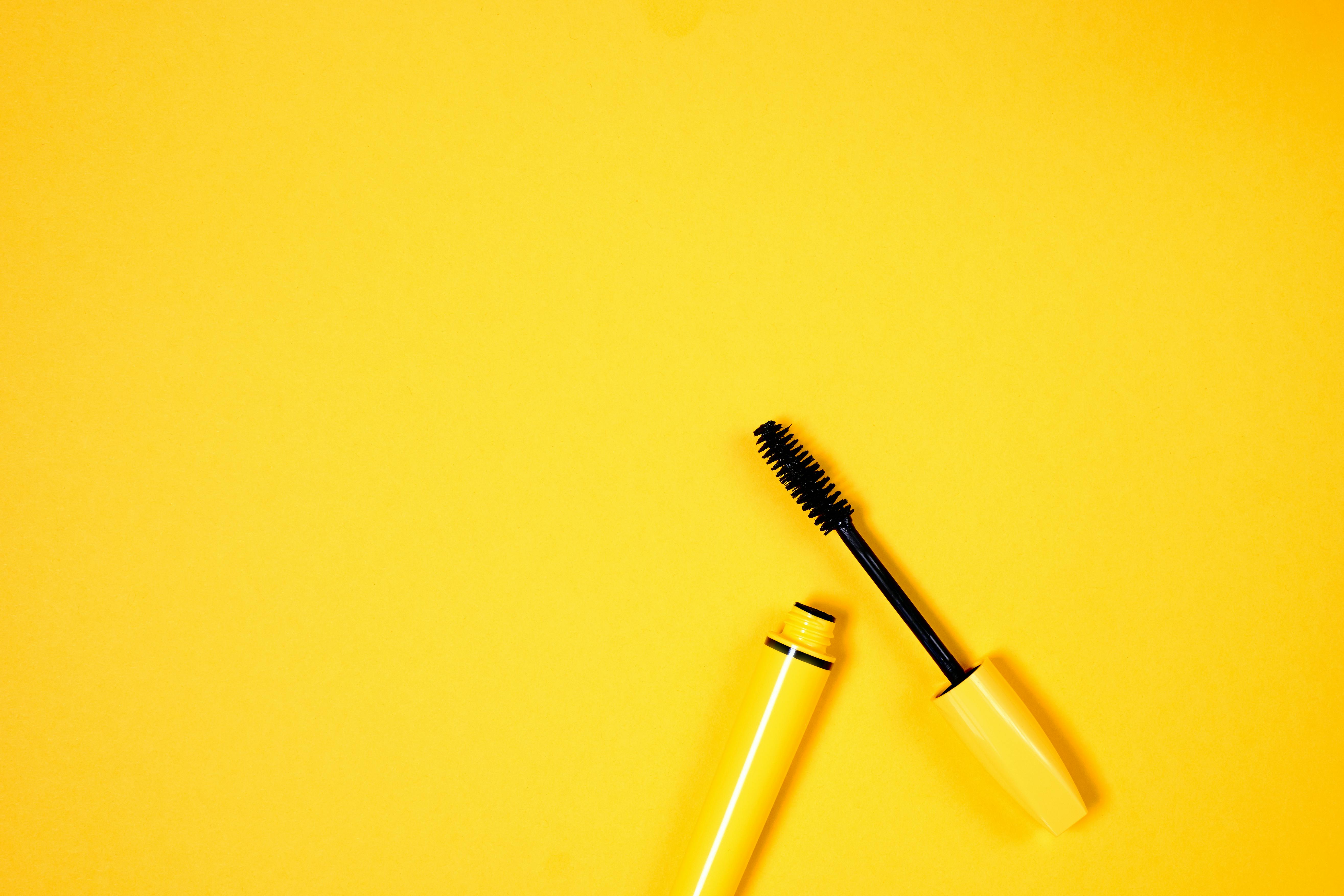If you’ve ever wondered if it’s possible to achieve smoother, softer skin without leaving the comfort of your own home, this article is for you. We’ll explore the effectiveness of at-home treatments in improving skin texture, offering you practical tips and expert advice along the way. Discover the secrets to achieving a radiant complexion and saying goodbye to rough, uneven skin, all without stepping foot into a spa or dermatologist’s office. Get ready to transform your skincare routine and unlock the potential of your natural beauty.

Exfoliation
Exfoliation is a crucial step in maintaining healthy and radiant skin. It helps to remove dead skin cells, unclog pores, and promote cell turnover. There are two main methods of exfoliation: physical exfoliation and chemical exfoliation.
Physical exfoliation
Physical exfoliation involves the use of abrasive ingredients or tools to physically scrub away the dead skin cells. This can be done using a scrub or a brush specifically designed for this purpose. When choosing a physical exfoliant, it’s important to consider your skin type and sensitivity. Opt for a gentle exfoliant if you have sensitive skin, and be mindful not to scrub too hard, as this can cause irritation.
Chemical exfoliation
Chemical exfoliation involves the use of ingredients that dissolve or loosen the bonds between dead skin cells, allowing them to be easily removed. Common chemical exfoliants include alpha hydroxy acids (AHAs) such as glycolic acid and lactic acid, as well as beta hydroxy acids (BHAs) like salicylic acid. These exfoliants can be found in various skincare products such as toners, serums, and peels. It’s important to start with a lower concentration and gradually increase based on your skin’s tolerance.
Moisturization
Proper moisturization is essential for maintaining hydrated and supple skin. It helps to strengthen the skin’s natural moisture barrier, preventing water loss and protecting against external irritants. Choosing the right moisturizer and applying it properly are key for optimal results.
Choosing the right moisturizer
When choosing a moisturizer, it’s important to consider your skin type and specific needs. If you have oily or acne-prone skin, opt for a lightweight, oil-free moisturizer. For dry or mature skin, look for a richer, more hydrating formula. Ingredients like hyaluronic acid and ceramides can also help to lock in moisture. Additionally, consider any specific concerns you may have, such as anti-aging or sensitivity, and look for moisturizers that cater to those needs.
Applying moisturizer properly
Applying moisturizer may seem straightforward, but there are techniques that can optimize its effectiveness. Start with cleansed skin and apply the moisturizer using gentle upward strokes. This helps to promote circulation and absorption. Be sure to cover your entire face and neck, and don’t forget about the delicate eye area. Allow the moisturizer to fully absorb before applying any other skincare products or makeup.
Hydration
Hydration plays a vital role in maintaining healthy and glowing skin. It not only helps to plump and soften the skin but also aids in the proper functioning of its various processes. There are two main ways to ensure optimal hydration: drinking enough water and using hydrating skincare products.
Drinking enough water
One of the simplest and most effective ways to hydrate your skin is by ensuring you drink enough water throughout the day. Proper hydration from within helps to maintain the skin’s moisture balance and prevent dryness. Aim to drink at least 8 glasses of water a day, and adjust your intake based on factors like climate, activity level, and overall health.
Using hydrating skincare products
In addition to staying hydrated internally, using hydrating skincare products can further boost your skin’s moisture levels. Look for moisturizers, serums, and masks that contain ingredients like hyaluronic acid, glycerin, or aloe vera, as these act as humectants, attracting and retaining moisture in the skin. Incorporating these products into your skincare routine can help to replenish and maintain hydration levels.
Sun Protection
Protecting your skin from the harmful effects of the sun is vital for maintaining its health and appearance. Excessive sun exposure can lead to premature aging, sunburns, and even skin cancer. To protect your skin, it’s important to incorporate sun protection measures into your daily routine.
Using sunscreen daily
One of the best ways to shield your skin from the sun’s harmful ultraviolet (UV) rays is by using sunscreen. Choose a broad-spectrum sunscreen with a sun protection factor (SPF) of 30 or higher, and apply it generously to all exposed areas of your skin, even on cloudy days. Ensure that you reapply every two hours, especially when spending time outdoors or engaging in water activities.
Avoiding excessive sun exposure
In addition to sunscreen, it’s important to limit your exposure to the sun, especially during peak hours when the sun’s rays are strongest. Seek shade whenever possible, wear protective clothing such as hats and long sleeves, and use sunglasses to shield your eyes from harmful UV radiation. By being mindful of your sun exposure, you can help protect your skin and maintain its youthful appearance.

Diet
Eating a balanced diet not only benefits your overall health but also has a positive impact on your skin. Certain foods are known to have skin-friendly properties, promoting a clear and glowing complexion.
Including skin-friendly foods
To improve your skin texture, incorporate foods rich in antioxidants, vitamins, and minerals into your diet. These include fruits and vegetables like berries, leafy greens, and citrus fruits, which are packed with vitamins A, C, and E. Additionally, foods rich in omega-3 fatty acids, such as fatty fish, nuts, and seeds, can help to reduce inflammation and promote healthy skin. Stay hydrated by consuming water-rich foods like watermelon and cucumber as well.
Vitamin C
Vitamin C is a powerful antioxidant that offers numerous benefits for the skin. It helps to brighten the complexion, even out skin tone, and stimulate collagen production, which can improve overall skin texture.
Benefits of Vitamin C for skin
Vitamin C provides antioxidant protection, shielding the skin from free radicals and environmental damage. It also helps to reduce hyperpigmentation, fade acne scars, and promote a more youthful appearance. Regular use of vitamin C can result in a brighter, more even-toned complexion and a smoother skin texture.
Using Vitamin C serums or creams
To incorporate vitamin C into your skincare routine, consider using a serum or cream that contains a stable form of this antioxidant. Apply a few drops or a thin layer of the product onto clean skin every morning, allowing it to absorb fully before applying other products. Remember to store vitamin C products in a cool, dark place to maintain their potency.

Retinoids
Retinoids, a derivative of vitamin A, are highly regarded for their ability to improve skin texture and appearance. These powerful ingredients can aid in cellular turnover, unclog pores, and stimulate collagen production.
Benefits of retinoids for skin
Retinoids offer a wide range of benefits for the skin. They can effectively reduce the appearance of fine lines and wrinkles, fade acne scars, and even out skin tone. Retinoids also help to unclog pores and prevent breakouts. With continued use, they can significantly improve skin texture, leaving it smoother and more youthful-looking.
Using over-the-counter retinoid products
While prescription-strength retinoids are available, over-the-counter options are more accessible for most individuals. Look for skincare products that contain retinol, which is a milder form of retinoid. Start by using a small amount every other night to allow your skin to adjust, and gradually increase the frequency as tolerated. It’s essential to wear sunscreen during the day when using retinoids, as they can increase the skin’s sensitivity to the sun.
Face Masks
Face masks are not only a luxurious and pampering addition to your skincare routine but also offer various benefits for your skin. They can help to cleanse, brighten, and hydrate the skin, ultimately improving texture and appearance.
Benefits of face masks
Face masks provide a concentrated dose of active ingredients that target specific skin concerns. Clay masks, for example, help to draw out impurities and unclog pores, resulting in a smoother and more refined complexion. Sheet masks and gel masks are excellent for hydrating and plumping the skin, making it look more supple and youthful.
Choosing the right face mask for your skin type
When selecting a face mask, it’s important to consider your skin type and specific concerns. For oily or acne-prone skin, opt for a purifying mask with ingredients like charcoal or tea tree oil. Dry or sensitive skin will benefit from hydrating masks containing ingredients like hyaluronic acid or aloe vera. Always follow the instructions provided, and use masks as recommended to avoid any potential skin irritations.
Massage
Facial massage is a fantastic technique for improving skin texture and promoting a radiant complexion. By stimulating the muscles, increasing blood circulation, and promoting lymphatic drainage, facial massage helps to improve tone, reduce puffiness, and enhance overall skin health.
Benefits of facial massage
Facial massage offers numerous benefits for the skin, including increased blood flow and oxygenation, aiding in the delivery of vital nutrients to the skin cells. It can also help to relax the facial muscles, reducing tension and promoting a more youthful appearance. Facial massage can have a brightening effect on the complexion, improve lymphatic drainage, and promote a healthy glow.
Using facial oils or massage tools
To enhance the benefits of facial massage, use a facial oil or a massage tool. Facial oils provide lubrication, allowing your hands to glide smoothly over the skin. Choose an oil suitable for your skin type, and apply it sparingly before starting the massage. Alternatively, you can use a facial roller or a gua sha tool. These tools help to stimulate circulation and promote lymphatic drainage, enhancing the effects of the massage.
Lifestyle Changes
In addition to incorporating specific skincare techniques and products into your routine, certain lifestyle changes can have a significant impact on your skin texture.
Maintaining a consistent skincare routine
Consistency is key when it comes to skincare. Establish a daily skincare routine that includes cleansing, exfoliating, moisturizing, and protecting your skin. Avoid changing products too frequently, as it can disrupt your skin’s balance. Remember to be patient, as it takes time for visible improvements to occur. Stick to your routine, and you’ll gradually see a positive change in your skin’s texture and overall appearance.
Getting enough sleep and managing stress levels
Adequate sleep is crucial for healthy skin since it is during sleep that the body repairs and regenerates itself. Lack of sleep can result in dull and fatigued-looking skin and exacerbate existing skin issues. Aim for 7-8 hours of quality sleep each night to give your skin the opportunity to rejuvenate.
Stress can also impact your skin adversely, contributing to conditions like acne, eczema, and psoriasis. High stress levels can disrupt the skin’s barrier function and trigger inflammation. Incorporate stress management techniques like exercise, meditation, or engaging in hobbies to help reduce stress levels and promote a healthier complexion.
In conclusion, improving your skin’s texture and appearance can be achieved through various at-home treatments. By exfoliating regularly, moisturizing effectively, staying hydrated, protecting from the sun, maintaining a balanced diet, incorporating specific ingredients like Vitamin C and retinoids, using face masks and massage techniques, and making lifestyle changes, you can attain the skin you desire. Remember, a consistent and holistic approach is key to achieving and maintaining healthy, radiant skin. So go ahead and embark on this journey to better skin texture, and enjoy the self-care and pampering along the way!

Irina Coz, a passionate advocate for inclusive beauty, founded this celebrated blog to honor every skin tone. With a background in dermatology and cultural studies, Coz expertly blends scientific insight with a deep understanding of diverse beauty traditions, creating a space where every race’s beauty is acknowledged and celebrated.

